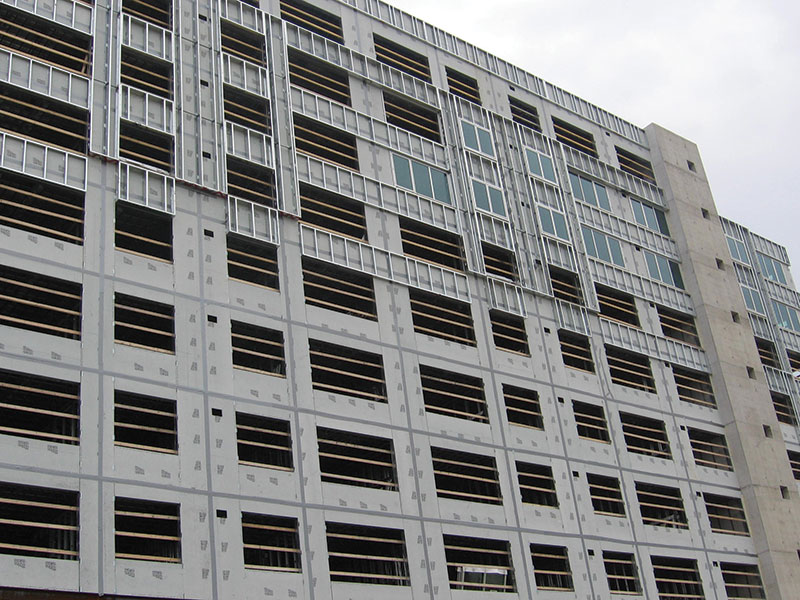

Steel is hierarchical: Decking rests on joists, joists on beams, beams on girders. *EDIT* - I just found out why they did the top floor of this hospital tower in steel, and it's because the original 3-story podium completed at the end of 2005, was framed in steel (I'd totally forgot), and the hospital insisted on concrete for the remaining 6 stories, but it was found that the steel podium couldn't handle more than 5 concrete-framed floors, so the top was completed with steel to minimize the street on the podium.Īnother advantange is the thickness of floors. It still didn't make any sense to me how this worked, and it looks odd.

I found it very odd and was told that the construction company wanted to use steel, but the hospital insisted on concrete and as a compromise the construction company found out how much concrete they could use to get a steel floor out of this. It's only 9 stories (140 something feet, and 180 something overall), and they used concrete for all floors but the top floor in which they framed in steel. Something I found odd, though, is that there is a new high-rise hospital tower going up here in Lansing. Yeah, I was going to mention that steel provides for longer spans/bays, which are big selling points of new office space.
#Top of cold formed steel framing at waffle slab full#
To take full advantage of these new hybrids we also ofter use "high performance" steels, concretes, polymers, composites, etc. The overall performance of these types of frames are generally better than either of the constituent parts could offer individually. One should also recognise the newer composite systems (RC is itself a composite system) whereby conventional structural steel sections are either filled or encased with concrete. This is advantageous when controlling any movements - whether seismic or wind induced. The extra mass of concrete structures also produces better damping, meaning that it adsorbs energy quicker and produces better (generally speaking) dynamic performance. Designers rejected a steel frame only because they could not get it to develop sufficient lateral stiffness. Carnegie Hall Tower is such an example where the tower is 50' wide in the upper portion.

Usually this works out well because most codes require some fire separation at the stairwell(s) and block or solid concrete does the job nicely.Ĭoncrete frames really shine in super-slender structures because they can produce a very stiff system even within a small profile. To help counter this inherent flexibilty, designers often couple the frame with concrete or masonry infill panels and/or "cores". Concrete structures can go up without that excessive lead time and essentially start work on "day 1".ĭesign wise, steel is definitely lighter (not always a good thing) and more flexible. While the steel frame may rise quickly on site, what is not generally known, is that the procurement, fabrication, and delivery of steel may require 6 to 10 months of lead time. However, regional differences in labour & material often favour one system over the other.Ĭost aside, we generally see faster construction times in steel frames.

The cost difference between steel frame and RC frame is, on average, small.


 0 kommentar(er)
0 kommentar(er)
